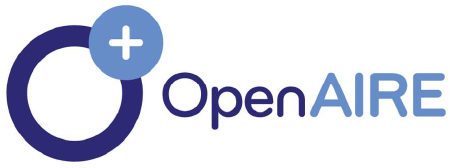DEVELOPING YOUTH SPEECH ACTIVITY AND SELF-EXPRESSION SKILLS THROUGH SOCIAL MEDIA: A CONTEMPORARY PERSPECTIVE
Abstract
This article investigates the impact of social media platforms on the development of speech activity and self-expression skills among youth. Through a mixed-method approach combining a literature review, survey analysis, and content examination, the study explores how platforms such as Instagram, TikTok, and YouTube influence communicative competencies. Findings indicate that social media fosters verbal creativity, confidence in public speech, and linguistic agility, while also posing risks of superficial expression. The research underscores the dual role of social media as both a linguistic development tool and a cultural phenomenon, with implications for education and digital literacy.
References
1. Androutsopoulos, J. (2015). Networked multilingualism: Some language practices on Facebook and their implications. International Journal of Bilingualism, 19(2), 185–205.
2. Baron, N. S. (2008). Always On: Language in an Online and Mobile World. Oxford University Press.
3. boyd, d. (2014). It's Complicated: The Social Lives of Networked Teens. Yale University Press.
4. Clark, L. S., Logan, R. A., Luckett, M., & Green, B. N. (2018). College students and online communication: Speech performance and narrative construction. New Media & Society, 20(3), 1105–1123.
5. Crystal, D. (2011). Internet Linguistics: A Student Guide. Routledge.
6. McGrail, E., & McGrail, J. P. (2010). The influence of digital writing on adolescents' composing practices. Journal of Adolescent & Adult Literacy, 54(1), 35–45.
7. Papacharissi, Z. (2010). A Private Sphere: Democracy in a Digital Age. Polity Press.
8. Statista. (2023). Social media usage by age group worldwide. Retrieved from www.statista.com
9. Tagg, C. (2015). Exploring digital communication: Language in action. Routledge.
10. Thurlow, C., & Mroczek, K. (2011). Digital Discourse: Language in the New Media. Oxford University Press.






















